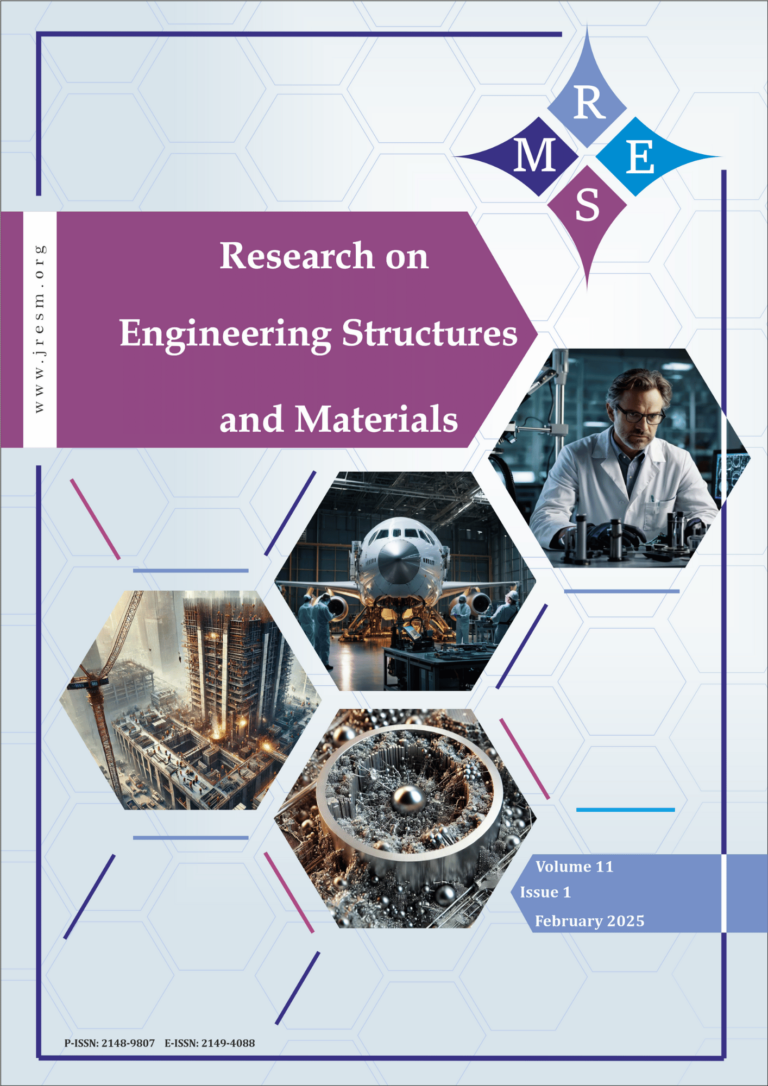This paper studied the planar dynamics of top tensioned cantilevered pipes conveying pressurized steady two-phase flow under thermal loading. The governing equations of motions were derived based on Hamilton’s principle, the centerline is assumed to be extensible in order to account for possible thermal expansion; resulting to a set of coupled axial and transverse partial differential equations. Analytical approach was used to resolve the governing equations using the multiple scale perturbation technique, which aided the development of theoretical schemes for estimating the natural frequencies and mode shapes. Numerical results were presented for a case study of two phase flow of water and air with the stability and dynamic behavior of the system studied linearly via Argand diagrams which were constructed as the mixture flow velocity is increased for various void fractions. The Argand diagram assessment of the axial vibration natural frequencies shows that the attainment of the critical velocity is delayed for a cantilever pipe conveying two phase flow compared to when the pipe is conveying single phase flow. The result of the linear analysis of the transverse vibration reveals that at the critical mixture velocity, the system loses stability through Hopf bifurcation. Similarly, to the axial vibration, the attainment of the critical velocity was observed to be at higher velocities for a cantilever pipe conveying two phase flow as compared to when the pipe is conveying single phase flow. In addition to, the critical velocity is observed to be increasing as the void fraction of the two phase flow increases. The assessment of the effect of thermal loading, pressurization and top tension on the attainment of the critical velocity shows that thermal loading, pressurization and compression at the tip hastens the attainment of the critical velocity while tensioning top tension delays the attainment of the critical velocity.
